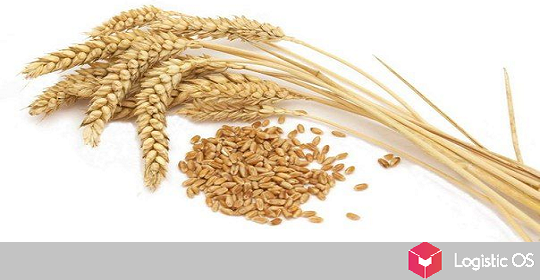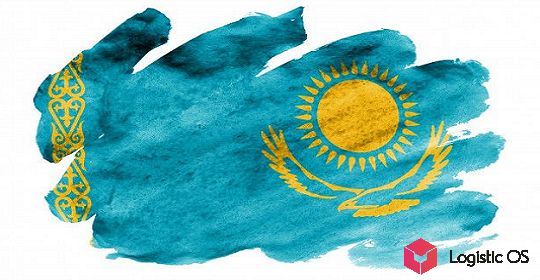According to the latest data, about 4.5 thousand new companies operating in the agricultural sector appeared in the Russian Federation in January-June 2025.
In total, about 192 thousand small and medium-sized businesses are currently operating in Russia, analysts note.
At the same time, their total income for 2023 was about 4 trillion rubles, which is a very significant amount. According to experts, it may grow to 4.7 trillion rubles by the end of 2024.
This suggests that small and medium businesses in Russia, despite all the difficulties and obstacles, retain the ability not only to survive, but also to develop.
At the same time, the total number of personnel currently employed in agriculture in small and medium-sized enterprises is about 800 thousand people.
At the same time, the majority of them, about 85%, work in crop production and livestock farming. Fisheries account for 5%, and another 10% are logging.
“Small and medium-sized businesses in agriculture are, for the most part, the very farmers who are currently shaping a new culture of consumption and a trend towards healthy eating and eco-culture.
In 2024, agricultural SME producers were able to attract about 15.4 billion rubles in loan financing under the “umbrella” guarantees of the SME Corporation.
In addition to access to financial resources, it is also important for farmers to have permanent sales markets,” notes Alexander Isaevich, CEO of the SME Corporation.
The ability to find stable sales markets still remains one of the main problems for many Russian farmers, experts note.
Large retailers often offer unfavorable terms, or do not want to cooperate at all with a company that provides small volumes of deliveries.
“Farmer islands” that help deliver products to the buyer, bypassing retailers, become a salvation for many. Currently, there are such «islands» in 36 regions of the country, their total number is 92, and it is steadily increasing.
Today, the largest number of small and medium-sized businesses are in the Krasnodar Territory, as well as in the Rostov Region, Bashkortostan, Stavropol and Volgograd Regions.
In addition, such regions include Dagestan, Crimea, Saratov Region, Altai and Tatarstan.
These 10 regions account for up to 33% of all agribusiness in the Russian Federation that operates in the SME sector.
At the same time, other regions have become leaders in the increase in the number of SMEs in recent months: North Ossetia, Bashkortostan, Yamalo-Nenets Autonomous Okrug.

